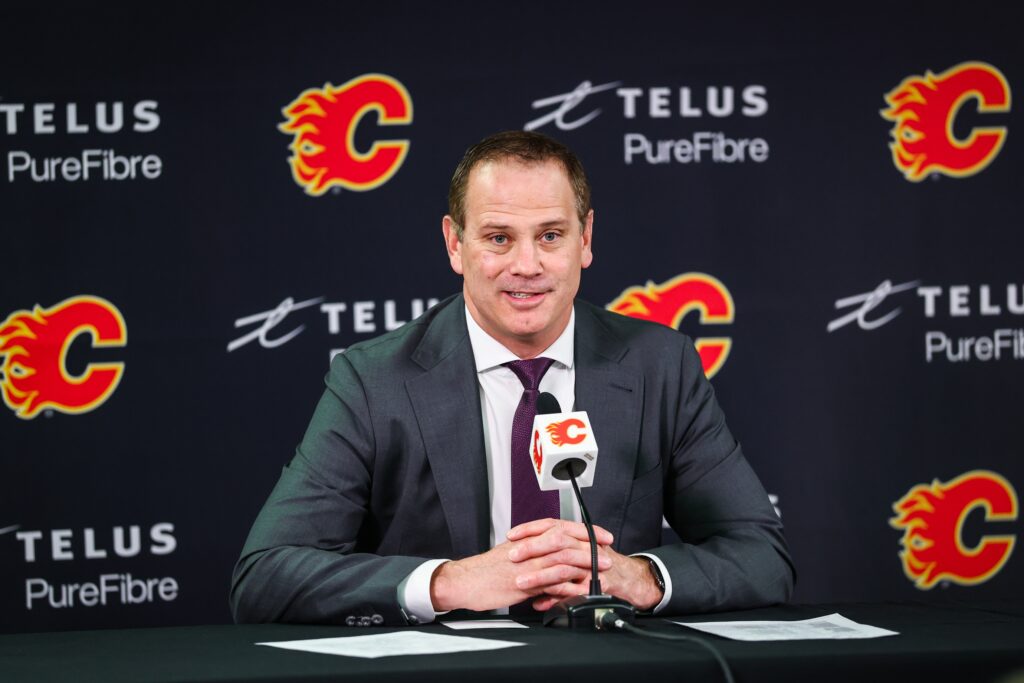In an NHL offseason where contenders often reload and rebuilding teams aggressively shed salary, the Calgary Flames chose a third path: the sound of silence. Armed with over $15 million in cap space—a war chest that had pundits and fans alike dreaming of a significant roster overhaul—General Manager Craig Conroy opted for quiet diligence over a blockbuster splash. This deliberate inaction sets the stage for a 2025-26 season that will serve as a referendum on the front office’s philosophy: a firm belief in internal growth, youth development, and the existing team culture.
The Flames are running it back, for better or worse. They are betting that the squad that narrowly missed the playoffs last season has more to give. They are betting that the next wave of prospects can provide the jolt that a high-priced free agent might. It’s a strategy of patience, but one that walks a fine line with stagnation. For a fanbase hungry for a definitive direction, this season will be a test of faith, hinging on whether Calgary can escape the NHL’s dreaded “mushy middle” or become permanently entrenched within it.
The Quiet Summer on the Scotiabank Saddledome’s Steps
To understand the Flames’ upcoming season, one must first understand their offseason. The defining characteristic was restraint. Conroy made it clear that “now isn’t the time for the Flames to make a big free agency splash,” hinting at a long-term vision that may align with the opening of their new arena in 2027. This is asset management with a long horizon, a concept that can be frustrating for those focused on immediate results.
The comings and goings were modest. Goaltender Ivan Prosvetov, returning from a KHL stint, and defenseman Nick Cicek represent depth additions, not franchise-altering moves. Prosvetov will compete for the backup role behind the presumptive starter, Dustin Wolf. On the departure side, the losses were predictable. Anthony Mantha moved on to Pittsburgh, Dan Vladar left for a potential starting gig in Philadelphia, and veteran Tyson Barrie hung up his skates.
The net result is a roster that looks strikingly similar to the one that cleaned out their lockers in April. The team is still actively searching for a right-shot center and additional depth on the blue line, but the core remains intact. This stability could be a benefit, fostering chemistry and continuity under head coach Ryan Huska. Or it could be a curse, a repeat viewing of a film whose ending we already know. The Flames’ brass is banking on the former, believing that the solutions to their primary weakness—a bottom-five offence last season—lie within the dressing room, not on the open market.
The Kids Are Alright (And They Better Be)
If the Flames’ offseason strategy had a slogan, it would be “Let the kids play.” Conroy’s vision is predicated on leaving roster spots open for youngsters to seize, develop, and ultimately define the team’s future. The organization is looking for more revelations like Connor Zary, Martin Pospisil, and Adam Klapka—players who emerged last season to provide energy, grit, and unexpected production.
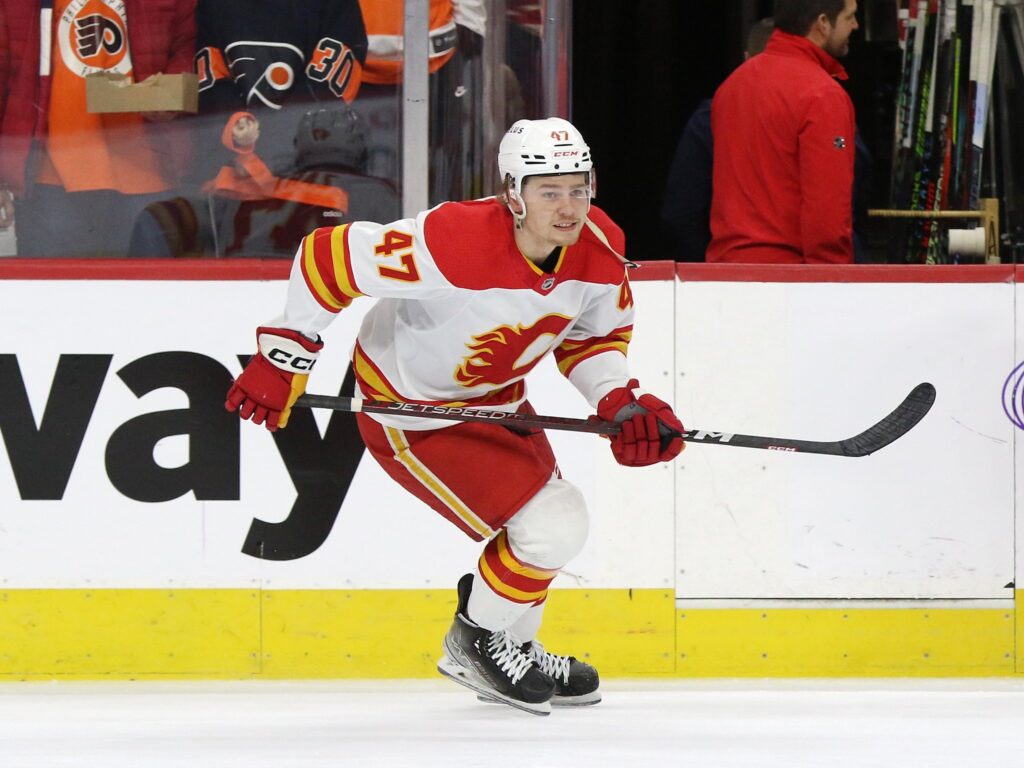
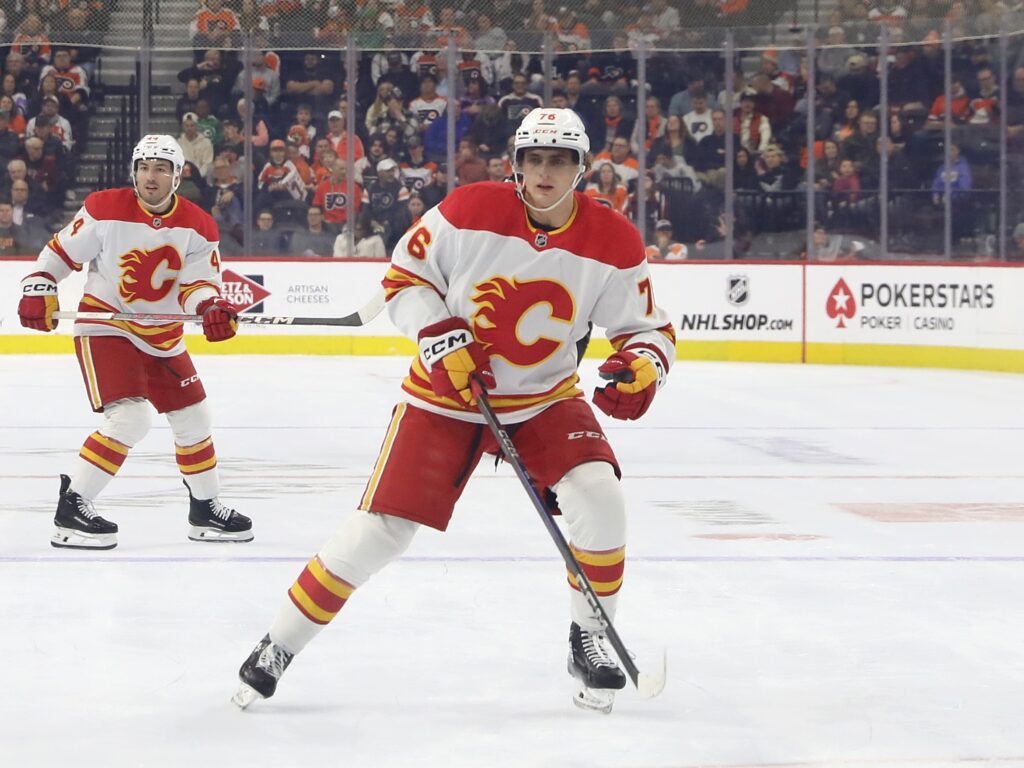
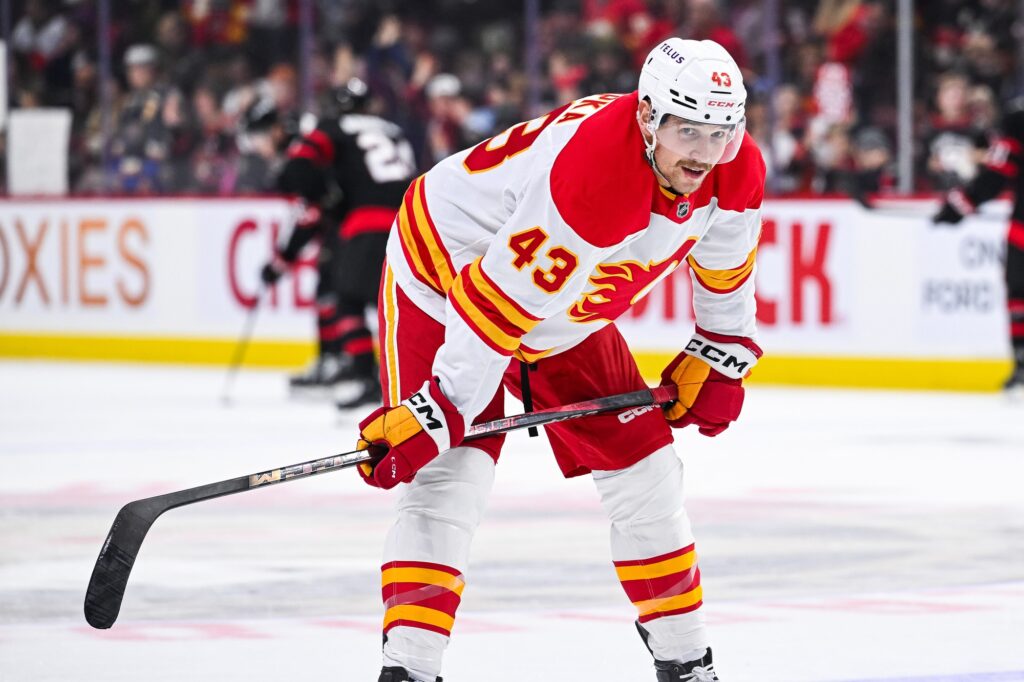
All eyes this fall will be on Zayne Parekh, the Flames’ top prospect. The dynamic defenceman is expected to make a serious push for a roster spot in training camp. His offensive instincts are precisely what Calgary’s back end has been missing, and his integration will be a key storyline. Beyond Parekh, forwards like Rory Kerins, Sam Morton, and Sam Honzek are on the cusp, and management is eager to give them extended looks to see what they have at the NHL level.
This youth-first approach extends to the crease. While Wolf is no longer a prospect, he is still a young, superstar netminder entering just his second full season. The expectation is that he will not only defy the dreaded “sophomore slump” but will continue to excel, posting numbers similar to, if not better than, his impressive rookie campaign. Behind him, the battle between the KHL-tested Prosvetov and Devin Cooley for the backup job will be a crucial subplot, ensuring internal competition pushes the entire goaltending tandem forward. The success of the 2025-26 Flames rests heavily on the shoulders of these young players; their development is not just a bonus, but a necessity.
The Elephant in the Room Wears #4
While the organization preaches a drama-free, “want to be here” culture, a significant distraction continues to loom: the Rasmus Andersson situation. The trade storyline surrounding the veteran defenceman has hung over the team for some time and is expected to persist into the new season. While an extension isn’t entirely off the table, the prevailing sentiment is that Andersson may be seeking a change of scenery.
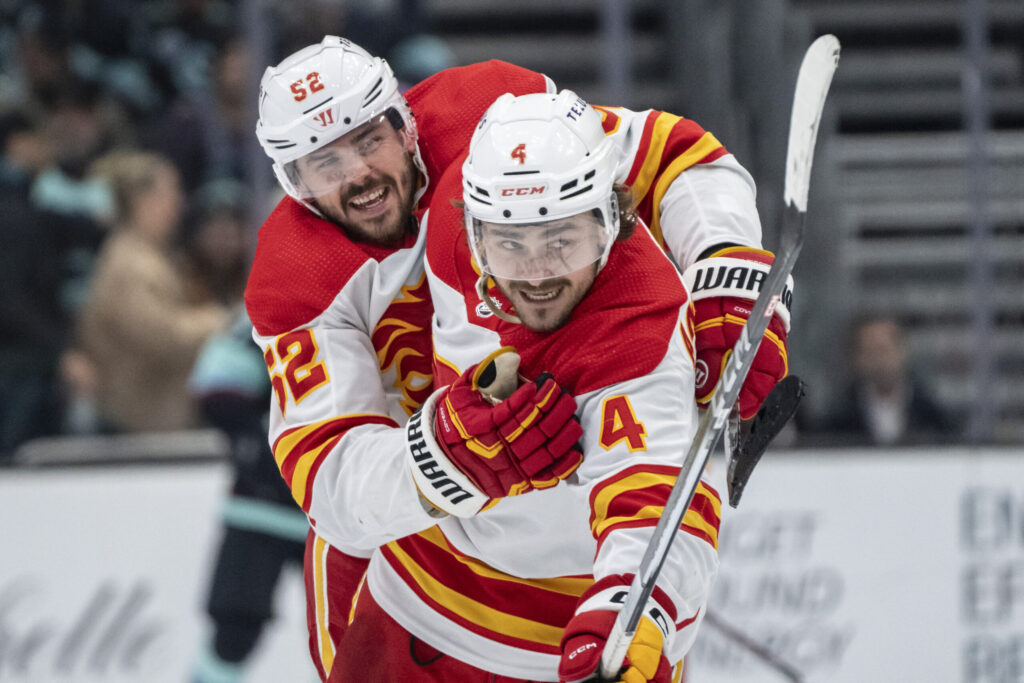
From an asset management perspective, the situation is a significant risk. Allowing a top-pairing defenceman to enter the final year of his contract with his future uncertain is a precarious position. A trade feels inevitable, but the timing is the great unknown. Will it happen before the season, or will Conroy wait until the trade deadline to maximize leverage? Fans should brace for an underwhelming return. Trades involving star players with expiring deals rarely yield a one-for-one value proposition. The hope is that whatever assets are acquired can address some of the team’s pressing roster needs, particularly at centre or on the wings.
Adding another layer of minor frustration to the front office’s plate is the unsigned status of Connor Zary. For a player who was a breakout star and a key part of the team’s future, the fact that his contract situation has dragged on this long is, as one source noted, “bizarre.” While likely just a protracted negotiation, it’s an unnecessary headache the team would prefer to have resolved.
Forging an Identity, One Forecheck at a Time
Even without elite, game-breaking offensive talent, the Flames have a clear identity under Huska. They are a competitive, relentless group that thrives on work ethic and a tenacious forecheck. The goal is to build a culture that mirrors the sustained success of teams like the Florida Panthers—a group that may not always out-skill you, but will almost certainly out-work you.
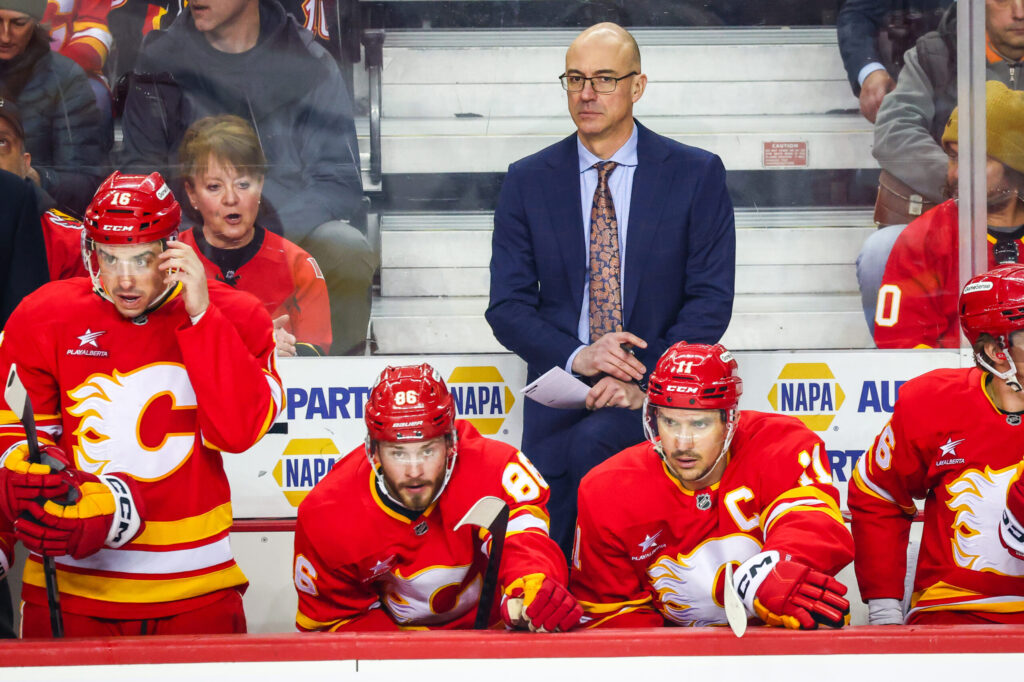
This identity is non-negotiable for Conroy and the coaching staff. The emphasis on players who “want to be here” is a direct reflection of a desire to build a cohesive unit committed to a singular, blue-collar style of play. This cultural foundation is why many believe the Flames will not experience a “major tumble” in the standings. Their system and work rate provide a high floor; they will be a difficult opponent every single night. The question is whether that identity can elevate them beyond simply being a tough out and into the realm of a legitimate playoff contender.
Projections and Predictions: Navigating the Mushy Middle
So, what does this all mean for the 2025-26 season? The consensus projection places the Flames squarely in the “mushy middle”—not quite good enough to be a playoff lock, but far too competitive to be in the running for a top-five draft pick. A finish of 4th or 5th in the Pacific Division seems like a reasonable expectation.
For the Flames to exceed those expectations, they’ll need internal growth to translate into goals. They will rely on bounce-back seasons and continued progression from key veterans. Jonathan Huberdeau, after a much-improved 2024-25 campaign, will be looked upon to take another step forward and perhaps flirt with the 70-point mark. After an “ugly” season, winger Joel Farabee is a prime candidate for a bounce-back and has a great chance to hit the 20-goal plateau again, providing much-needed secondary scoring. Veteran center Nazem Kadri is projected to once again be the offensive engine, leading the team in both goals (32) and points (64).
Also on the EDGE – Cold Shoulder in August: Kadri’s Olympic Omission Sparks Debate
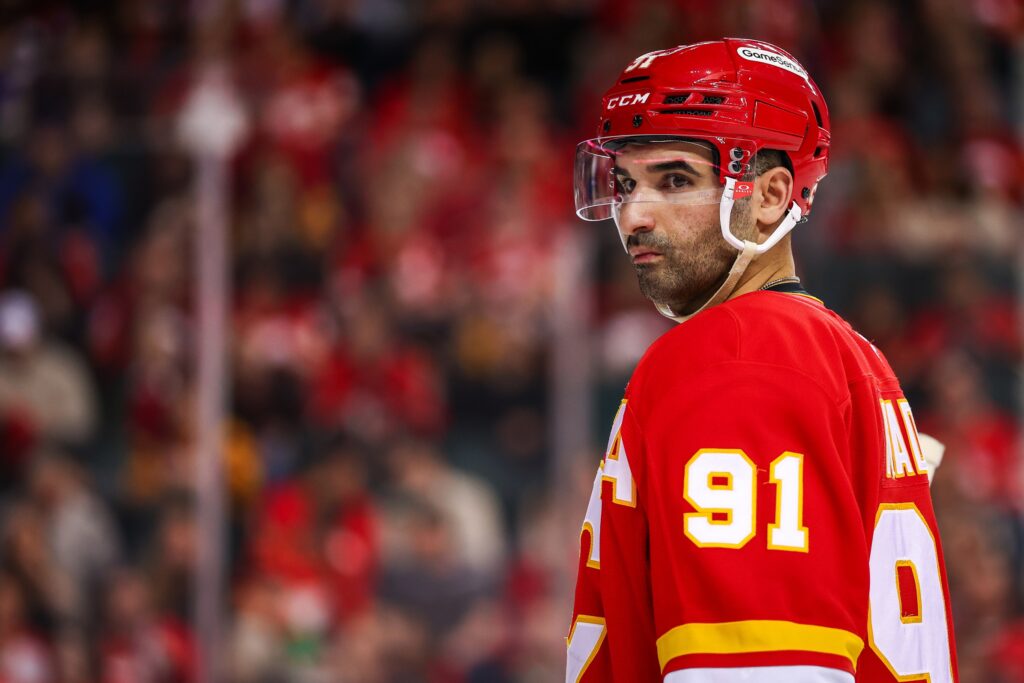
The team’s mettle will be tested immediately. Their early-season schedule is a gauntlet, opening with a home-and-home against the provincial rival Edmonton Oilers, followed by a matchup with the Vancouver Canucks. Their October calendar is dotted with formidable opponents like the Toronto Maple Leafs and New York Rangers. A slow start could put this group behind the eight ball in a competitive Western Conference.
Ultimately, the 2025-26 Flames are a team defined by a calculated gamble. They have eschewed the quick fix in favour of a long-term vision built on drafting and development. This season will reveal whether that patience is a stroke of genius or a recipe for mediocrity. They will be competitive, they will be hard to play against, and they will be a problem for every team they face. But whether they can be more than that remains the tantalizing, unanswered question.
Created with the aid of Gemini AI
